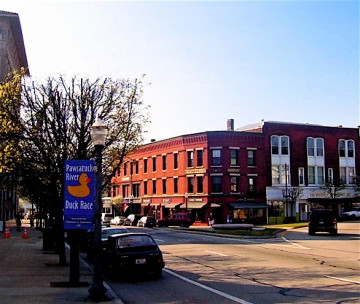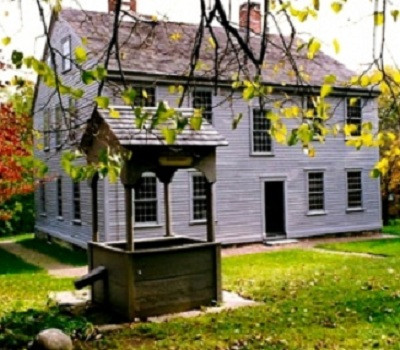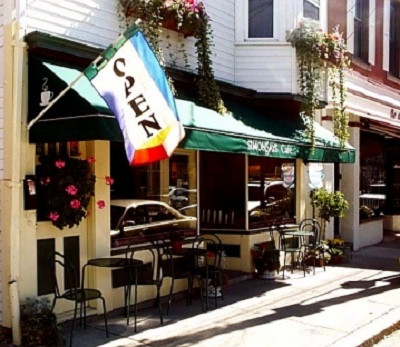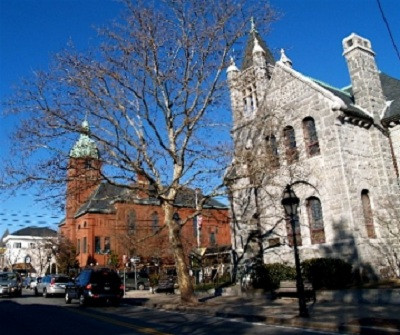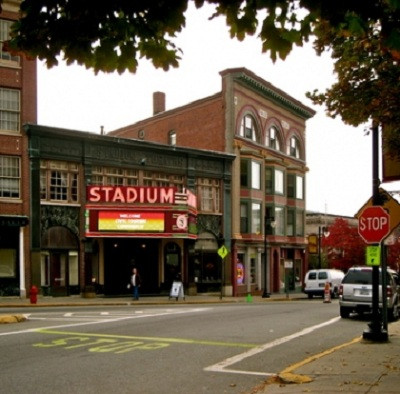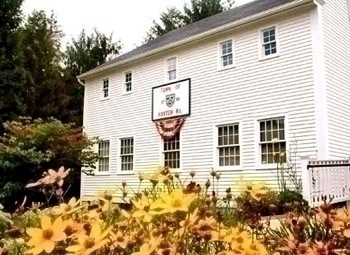Moore: Despite Progress, King’s Dream Still Unfulfilled
Monday, January 16, 2017
While so many American workers are without a doubt happy to have today off from work, it’s important that we don’t lose sight of the spirit of the holiday.
Today is a day to celebrate the legacy of Dr. Martin Luther King Jr., the civil rights champion who helped lead the movement to make sure that African Americans and other minorities share the same legal rights as every other American citizen.
On so many levels, King was a successful.
GET THE LATEST BREAKING NEWS HERE -- SIGN UP FOR GOLOCAL FREE DAILY EBLASTPrior to King’s leadership, it was commonplace to hear people voice racist, nonsensical, ignorant opinions. Today, most people who harbor such stupid opinions know enough not to spout them in public.
Obvious Progress
Prior to the Civil Rights Movement, it wasn’t common for African Americans and white folks to associate with one another. Yet today, African Americans hold leadership positions at all levels of government, from police officers up to the President of the United States.
And while interracial relationships and marriages were considered taboo when King was leading the charge for equality, (and even twenty years ago). Today they can almost be characterized as commonplace, and they’re on the rise.
Yet we can acknowledge the progress made by the Civil Rights Movement and still point out that King’s dream of an America where skin color means nothing--similar to the eye color or hair color--hasn’t fully been realized.
Nobody who took an honest assessment of our society would conclude that a person of color has the same advantages as a Caucasian individual. That’s not acceptable. And while there are no silver bullets, that doesn’t mean we shouldn’t, on a public policy level, work towards solutions.
More Work Remains
There are numerous instances where being a racial minority is a disadvantage.
People of color are still more likely to be pulled over by state police officers in Rhode Island--according to a New York Times report from October of 2015 and based on data from January of 2013 until May or 2014, that found African Americans were 2.5 times more likely to get pulled over.
Our inner city schools are, in many cases, in deplorable condition. It’s difficult for parents, teachers, and administrators to stress the importance of education to our youngsters who attend them, when the roofs are leaking, and the schools are crumbling.
(I don’t agree with the progressive legislators on everything, but I was happy to see that they’re poised to fight for school building repairs, particularly in our inner city communities.)
It’s still an advantage in the job market if you're a Caucasian.
Our Collective Dream
Therefore, policies should be implemented that give consideration to members of the minority community to make certain that inherent biases aren’t unfairly discriminating against them. Our police departments, particularly those in our inner cities, need to find ways to place more officers of color in leadership positions. There are plenty of qualified folks who can and will do those jobs effectively, and it will do wonders to better the relationship between police and the minority communities.
Here in Providence, we're fortunate to have a strong NAACP Chapter, led by Jim Vincent--a level-headed, but staunch advocate of civil rights and racial equality. It's incumbent upon our business leaders, politicians and clergy to work with Vincent on civil rights issues.
As Vincent will tell you, there are no easy solutions. But with enough will, education, and cooperation, the goal of total racial equality can and will eventually be achieved.
We, as in everyone of all races, owe it to ourselves to do whatever we can, no matter how small, to make King’s dream of total racial equality a reality.
That’s because, as the great man who we’re celebrating today once said “injustice anywhere is a threat to justice everywhere”.
Russell Moore has worked on both sides of the desk in Rhode Island media, both for newspapers and on political campaigns. Send him email at [email protected]. Follow him on twitter @russmoore713.
Related Slideshow: The Communities with the Greatest Racial Disparities in Traffic Stops
The below slides show the racial disparities in traffic stops, ranking communities from least to greatest. For each community, the total number of stops is shown, along with the percentage of non-white drivers compared to the number of non-white drivers who are stopped. A racial disparity appears when the percentage of non-white drivers stopped exceeds the percentage of drivers who are non-white. Data is from a newly released report from the Institute on Race and Justice at Northeastern University. Data was collected by local law enforcement for traffic stops between January 2013 and May 2014. Note: Exeter and Block Island are not included in the report.
Related Articles
- Moore: Will Mattiello Appease Progressives?
- Moore: Progressives Are Being Disingenuous
- Moore: Catholic Church Should Focus on Charity, Not Firing Gays
- Moore: Time to Overhaul the State Investment Commission
- Moore: A Mattiello Defeat May Be a Hollow Victory for GOP
- Moore: Apathy Portends Low Turnout This Primary Election
- Moore: Is Election 2016 the End of The Mainstream Media?
- Moore: RI Progressives “Major in the Minors”
- Moore: Will RI Government Rules Close a Key Nonprofit?
- Moore: Only Voters Can Stifle RI Corruption
- Moore: Raimondo’s Pension Fund Experiment Fails
- Moore: Igliozzi Provides Fiscal Sanity, Leadership in Providence
- Moore: Does Raimondo Want Mattiello to Prevail?
- Moore: Elorza Should Propose a Municipal Income Tax
- Moore: Time to Consider a Full-Time Legislature
- Moore: Conservatives Should Boycott WPRO Over DePetro Leaving
- Moore: Three Reasons For Optimism in the New Year
- Moore: The Real Purveyors of “Fake News”
- Moore: Trump’s Carrier Deal Reveals Media Bias
- Moore: Democrats Are To Blame For Trump
- Moore: Let’s Reject All Bond Questions
- Moore: The Presidential Election Is Not That Important
- Moore: Mattiello’s Curious Case of Joe Shekarchi
- Moore: The Two Faces of Aaron Regunberg






